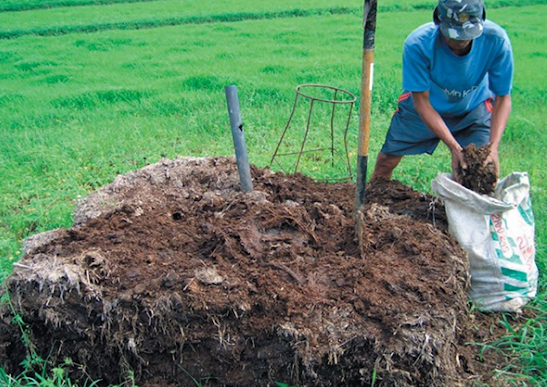 Every year, millions of tons of rice stubble lie scattered across fields after harvest, posing a pressing question for farmers: what should be done with it? The answer, unfortunately, depends on where you look. In the United States, stubble is being turned into a resource. In India, it often goes up in flames—literally—choking cities and damaging the environment. The contrast could not be sharper, and it begs the question: why is one nation treating stubble as an opportunity while the other sees it as a curse?
Every year, millions of tons of rice stubble lie scattered across fields after harvest, posing a pressing question for farmers: what should be done with it? The answer, unfortunately, depends on where you look. In the United States, stubble is being turned into a resource. In India, it often goes up in flames—literally—choking cities and damaging the environment. The contrast could not be sharper, and it begs the question: why is one nation treating stubble as an opportunity while the other sees it as a curse?
The Case for the U.S. Model
In America, farmers have access to technology, government incentives, and strict environmental regulations that make burning nearly impossible. Instead, stubble is reincorporated into the soil, used as cattle fodder, converted into bioenergy, or composted into organic manure. By turning residue into value, American agriculture not only avoids pollution but also strengthens soil health and energy security. The lesson is clear: with the right mix of policy, infrastructure, and farmer support, stubble can fuel sustainability.
The Indian Dilemma
In India, especially in Punjab and Haryana, stubble burning has become the default solution. It is fast, cheap, and requires no extra equipment. But the consequences are devastating: smog blankets northern India every winter, respiratory illnesses rise, and carbon emissions surge. Governments have tried distributing machinery like Happy Seeders and offering subsidies, but small and marginal farmers often cannot afford these alternatives. In practice, enforcement remains weak, and farmers feel trapped between economic survival and environmental responsibility.
Which Model Works Better?
There is no doubt that the U.S. model is superior. It demonstrates that when farmers are supported, not penalized, they embrace sustainable practices. India’s punitive approach—banning burning without offering viable alternatives—has failed to change behavior. If India truly wants to end stubble burning, it must replicate the American formula: strict enforcement paired with strong incentives and large-scale infrastructure to make alternatives affordable and practical.
The Path Forward for India
India cannot simply copy-paste the U.S. model, as farm sizes, farmer incomes, and rural structures differ. But the principle remains universal: farmers will adopt sustainability when it benefits them directly. Investing in rural bioenergy plants, creating cooperative machinery banks, and ensuring subsidies actually reach small farmers can transform the situation. Instead of blaming farmers, India must empower them—only then will the burning fields give way to greener solutions.
Conclusion
The U.S. has proven that rice stubble does not have to be a problem—it can be part of the solution to climate change and agricultural resilience. India, on the other hand, continues to suffer from a toxic cycle of burning, pollution, and blame. The choice before India is simple: continue down the smoky path of short-term convenience or follow the U.S. in turning waste into wealth. The better model is already clear—it is only a question of political will and farmer empowerment.